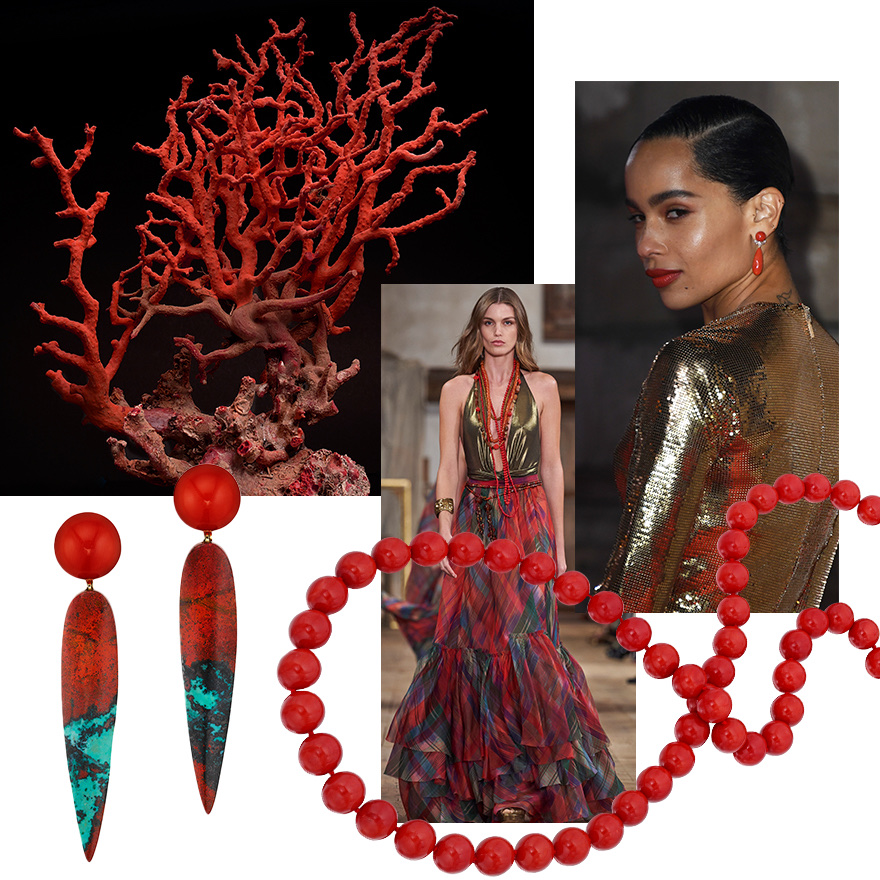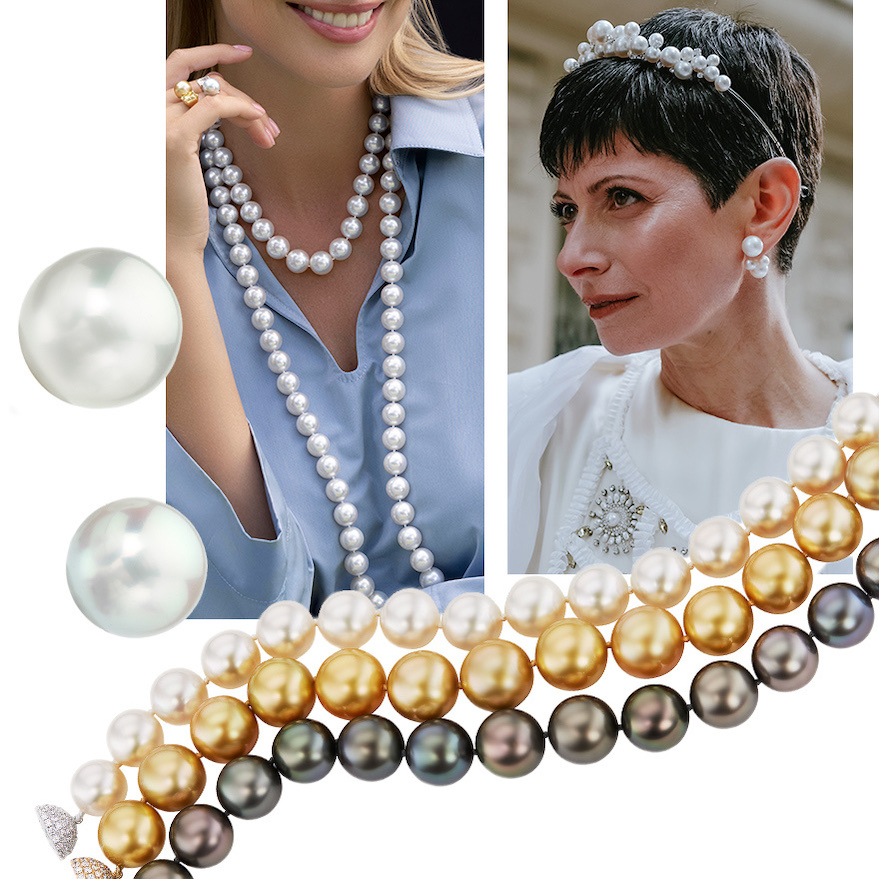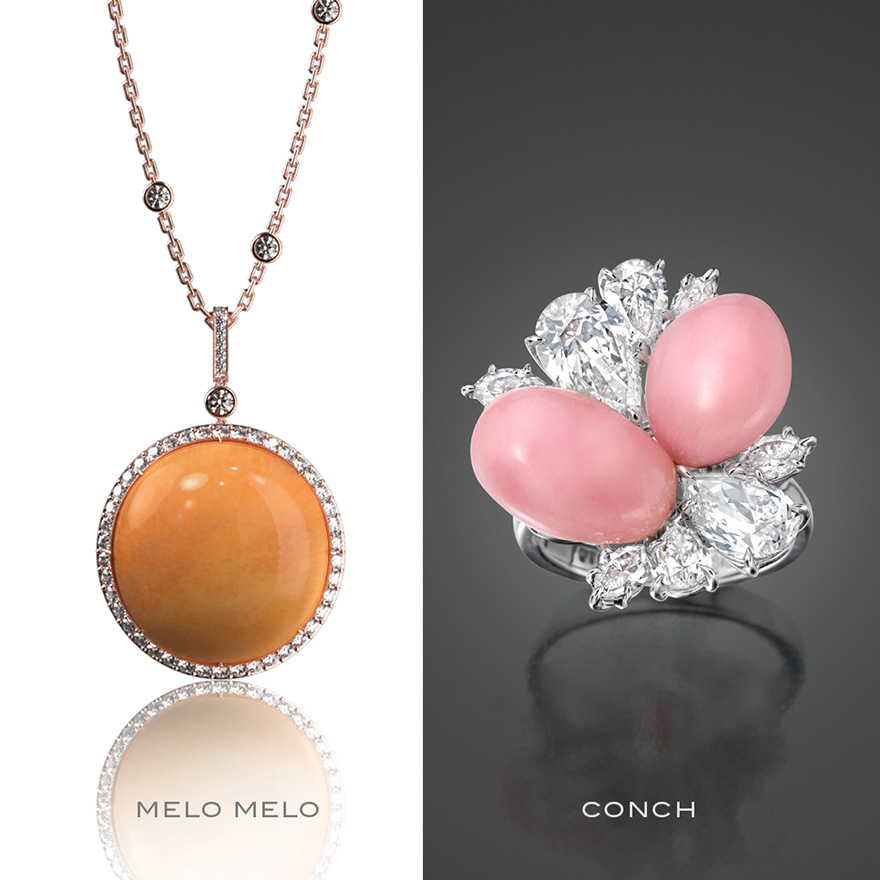
What Makes a Pearl Magnificent
Most luxury goods in modern times have well defined measures for determining quality and value – especially precious gems. Diamonds have the famous “4 Cs” (carat, cut, color, clarity); gold has its karatage or purity (18K, 14K); colored gemstones have their intensity of color and hardness ratings (Mohs scale of hardness). But what about Pearls? How can the pearl obsessed be certain they are getting the very best? At Assael, we secure only the best of the best – truly the most magnificent pearls in the world. So how do we measure that? What makes a pearl magnificent?
Generally speaking, pearls are classified and often named by origin. For example, a South Sea pearl comes from the genus of oyster in the South Seas in the oceans of the Far East. Pearls are then graded by size, shape, nacre thickness, color, lustre, rarity, surface clarity and matching. But not necessarily in that order… Let’s explore the various factors that make a pearl truly magnificent.
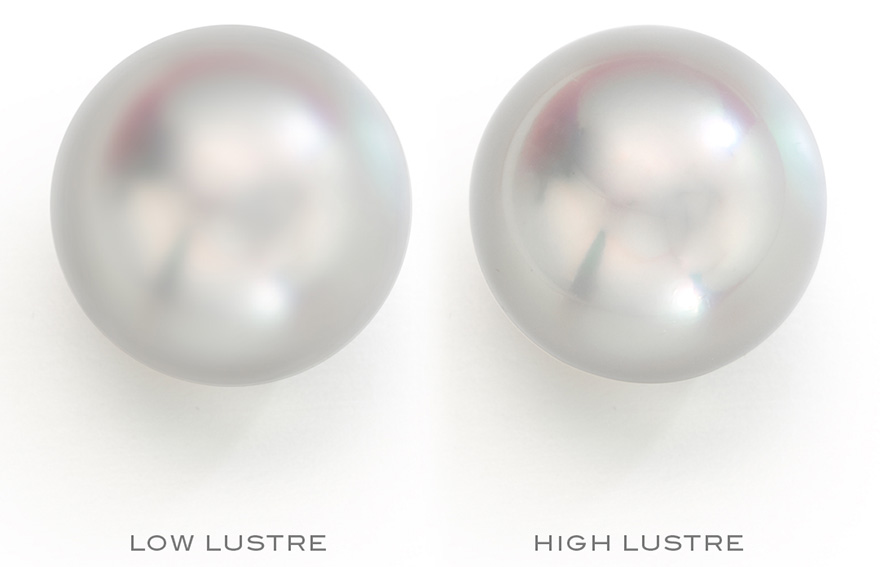
Lustre
For most cultured pearl experts, Lustre (or luster) is the single most important factor in determining the quality and value of pearls. Luster is what separates the inferior pearl from the superior and the ordinary from the extraordinary. For pearl enthusiasts, lustre is the heart and soul of this sea grown gem.
Lustre is defined as the refraction and reflection of light as it passes through the layers of nacre, that beautiful shimmering substance that the oyster secretes to form the pearl itself. Luckily, evaluating lustre is easily done by the naked eye and without any equipment. Highly lustrous pearls can reflect the color and shape of surrounding objects, almost like a mirror. The radiance of pearls with high lustre is immediately noticeable and captivating to the human eye. So go ahead and try them on. There is a certain magic about having that much radiance near the face. Pearls can literally help you to glow. No wonder so many celebrities love highly lustrous pearls!
[vimeo 239526618 w=700&h=700]
Surface Clarity
Surface quality or surface clarity refers to the abundance or absence of physical blemishes or flaws along the surface of the pearl. Similar to diamond clarity, a pearl containing more blemishes or spots than another will be less valuable. However, it is important to remember that cultured pearls are grown inside a living oyster in nature, so there are many uncontrollable conditions that can affect surface quality. At Assael, we spend hours and hours sorting through pearls and selecting only those with the smoothest, cleanest surface before turning them into unforgettable, wearable works of art!

Color
Cultured pearls come in a variety of colors from rosé to black. The purity and evenness of the color throughout the pearl’s surface can affect the pearl’s value. Color is typically a matter of the wearer’s preference, but generally speaking, rosé and silver/white pearls look best on fair skin tones while cream and gold toned pearls are flattering on darker complexions. At Assael, we seek out either the purest of colors or the most unique, always giving you something spectacular that will surely help you to stand out amongst the crowd.
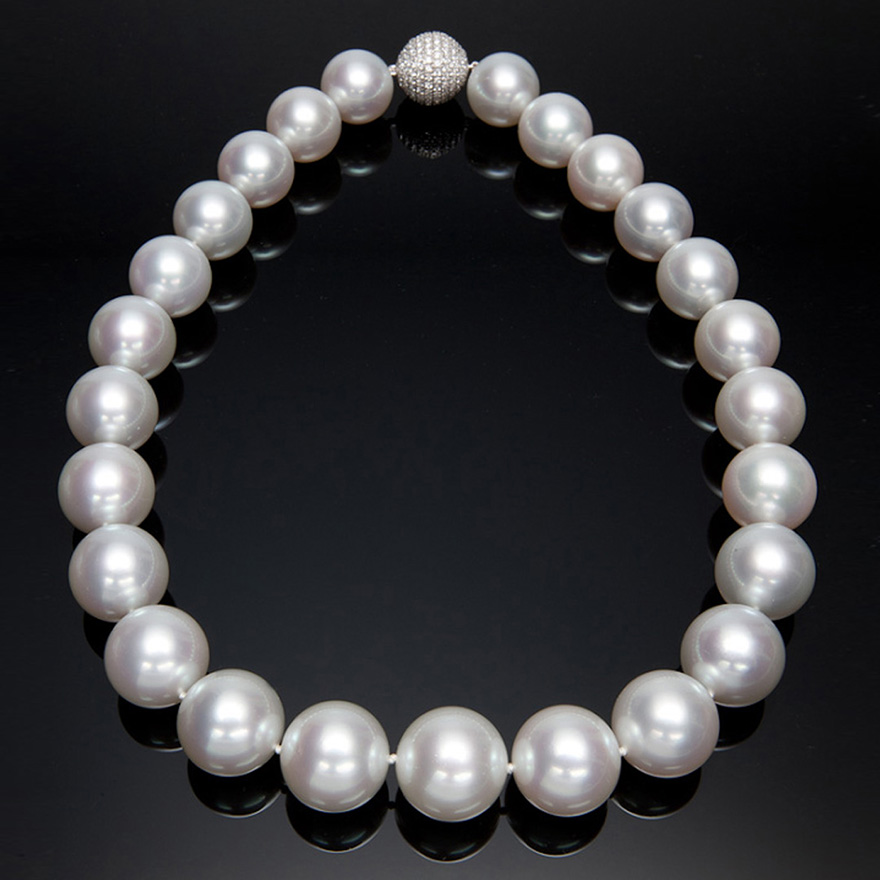
Size
Pearls are measured by their diameter in millimeters. Tiny seed pearls can be less than 1 mm while large South Sea pearls can be as big as 20 mm. While size plays a role in the value of a pearl, size alone cannot make a pearl more expensive or valuable. The luster, surface clarity, color and rarity of the pearl can have a greater impact on the value. Among highly lustrous, exceptionally smooth pearls, the larger sizes do tend to be more valuable because they take much longer to form inside the oyster.

Rarity
Rarity is another important determining factor for the value of a pearl. Exotic pearls like Conch Pearls and Melo-Melo pearls that form in other types of mollusks (like sea snails) are beautifully colored and so rare that by definition they are more valuable and command a much higher price. Assael has a museum quality mini collection of rare pink Conch Pearl and beautiful Melo-Melo pearls.
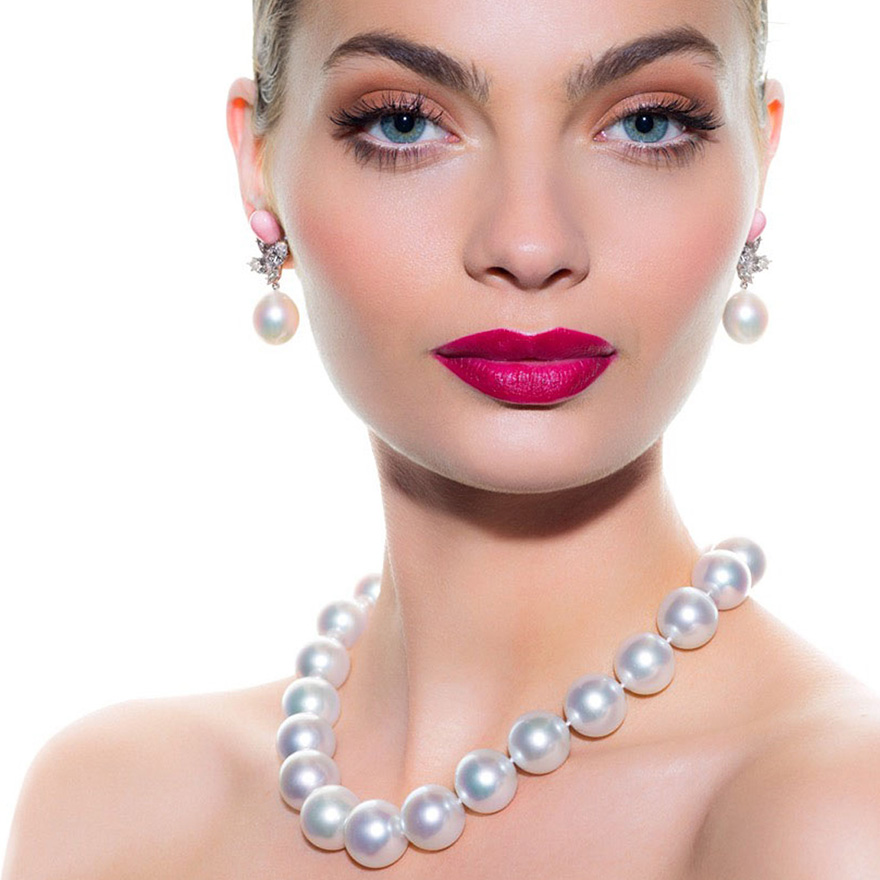
Matching
Because pearls are grown in nature inside a living organism, there are many factors that can affect the luster, the surface clarity, the purity of color and the shape of pearls. When it comes time to match pearls for earrings, pearl strands or pearl bracelets, the task can be a daunting one. At Assael, we string every strand of pearls in house. Every pearl in each strand must be carefully selected and placed between its neighbor on each side so that there is no noticeable difference between the pearls. This painstaking creative endeavor requires a sharp discerning eye and years of training and apprenticeship. The imperceptible blend of one pearl to the next along a strand can have a great impact on the overall value of a pearl necklace or bracelet.
The team at Assael has a profound and enduring love for pearls and literally scours the world for the highest quality, the most lustrous, the smoothest and most beautiful pearls in almost every color and type that exists. It is this commitment to excellence and natural beauty that truly makes Assael pearls the most magnificent pearls in the world.
Posted on Oct 24, 2017 in Pearl Education by Duvall O'Steen
Articles you may also enjoy
Join our Mailing List
Join us for magnificent pearl trends and exclusive treasures. Discover a world that is truly ... beyond rare.

Feeling inspired?
Consider this your invitation to the House of Assael. Find your closest luxury jeweler using our map search and start your journey to timeless elegance.


